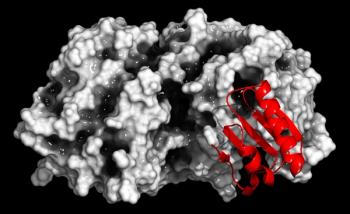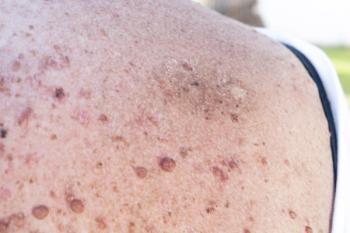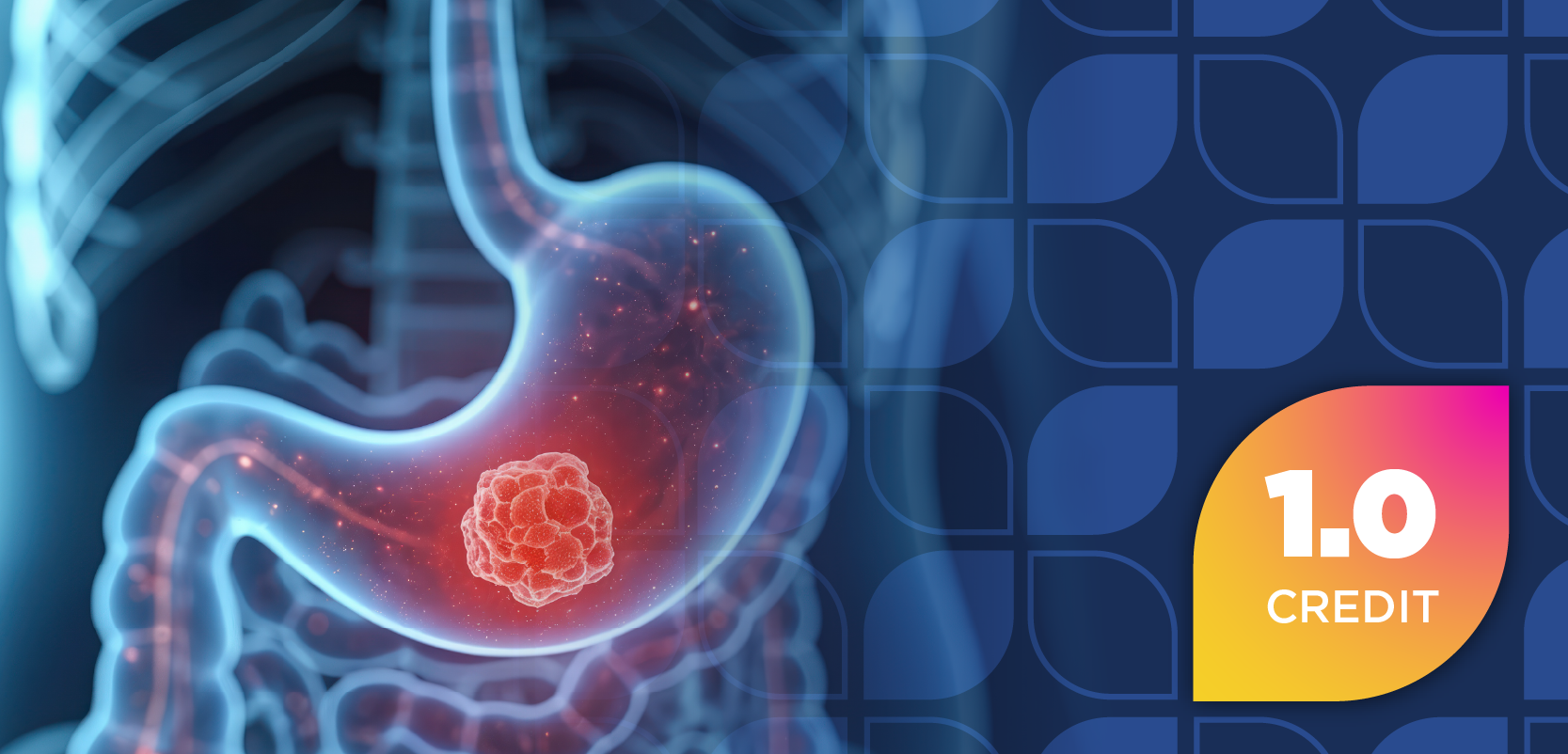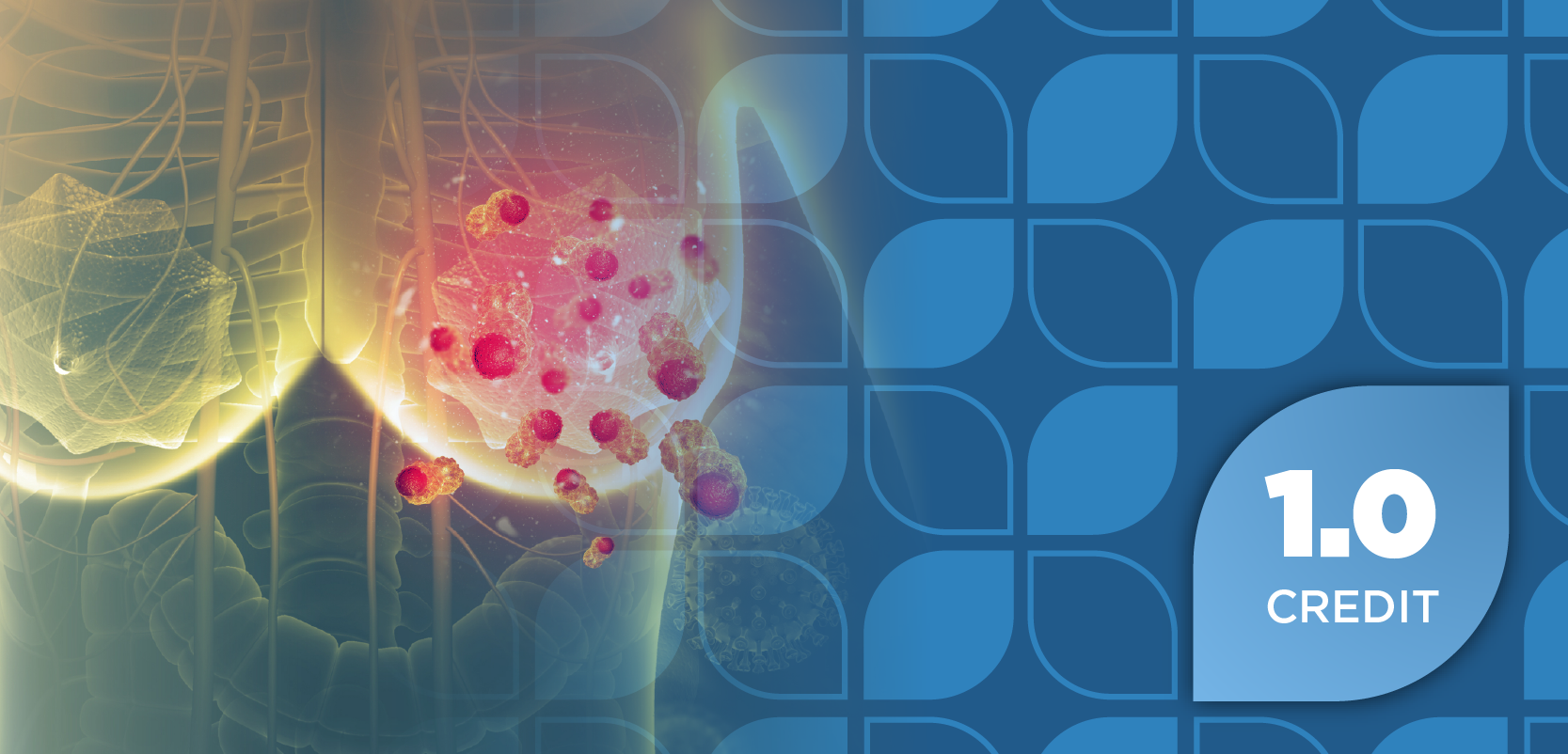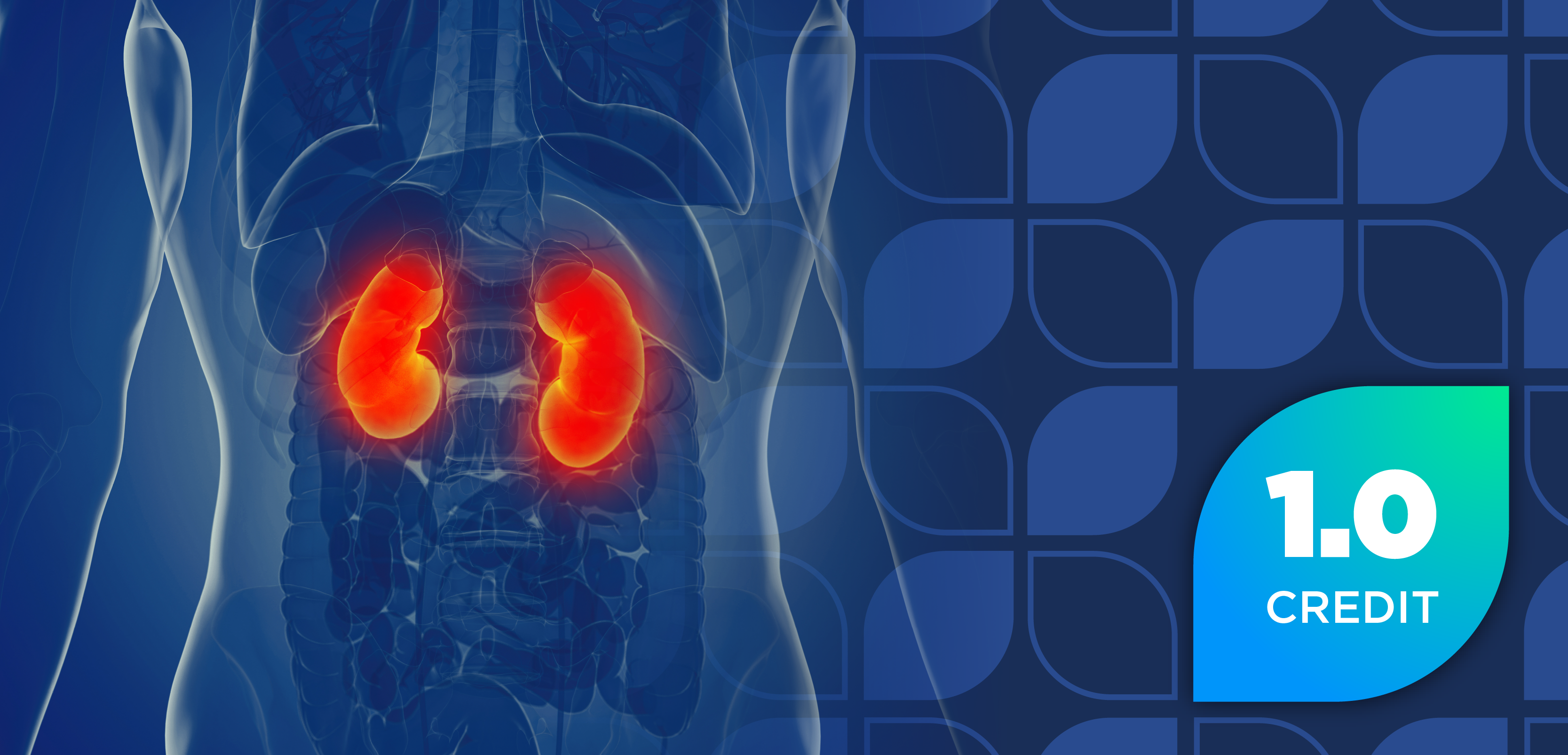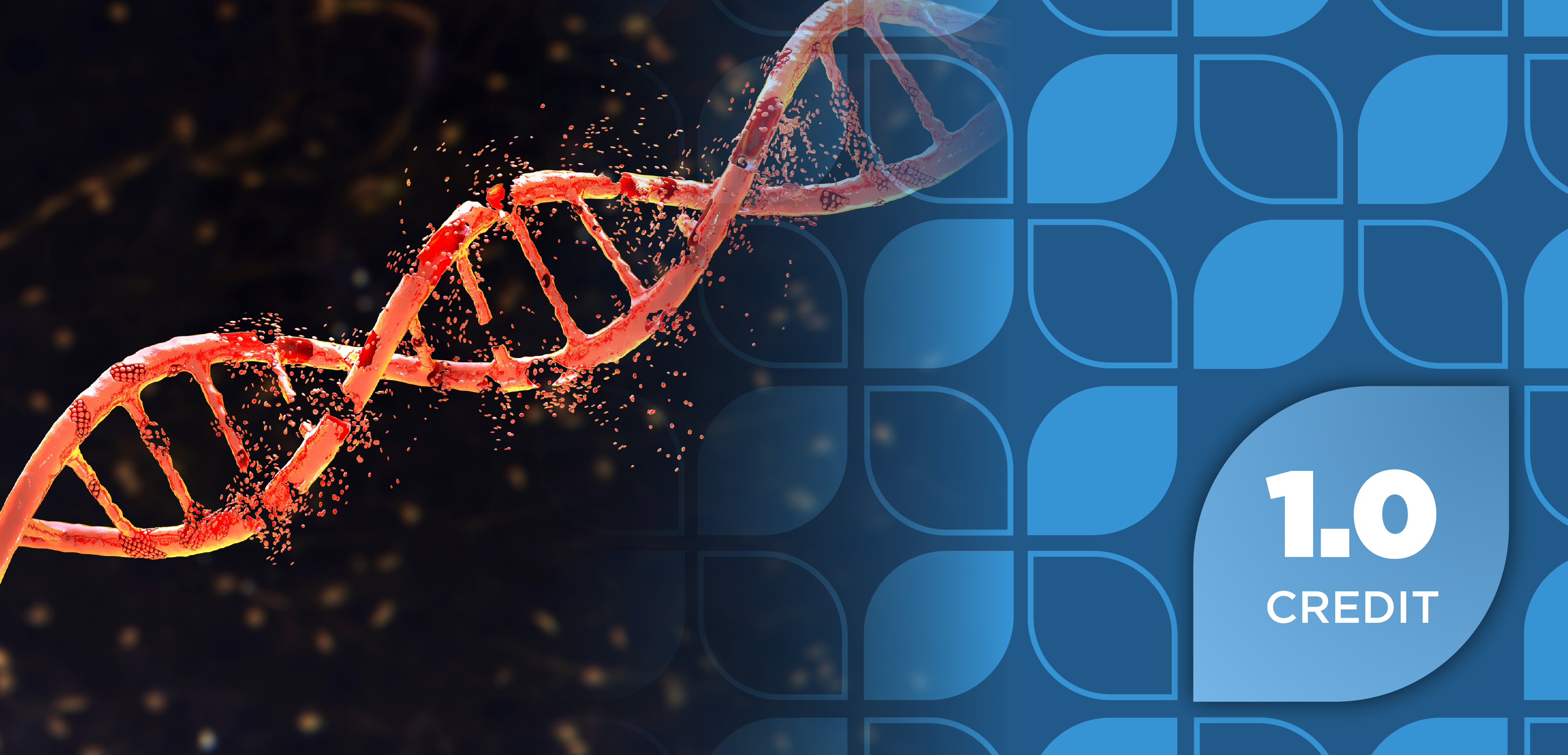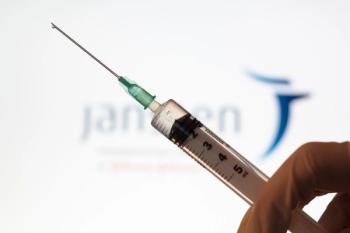
Zimislecel Could Pave the Way for a Type 1 Diabetes Cure
Key Takeaways
- Zimislecel restored insulin production in patients with T1D, with 83% achieving insulin independence after 1 year.
- The FORWARD trial's phase 3 aims to evaluate zimislecel's safety and efficacy over 5 years.
A groundbreaking trial shows zimislecel significantly reduces insulin dependence in patients with type 1 diabetes, offering hope for a functional cure.
In the small, short-term, phase 1/2 VX-880-101 FORWARD trial, zimislecel (VX-880; Vertex Pharmaceuticals), an allogeneic, stem-cell-derived insulin-producing islet cell therapy, helped control blood glucose levels among individuals with type 1 diabetes (T1D). The findings, published in the New England Journal of Medicine and presented at the 85th Scientific Sessions of the American Diabetes Association (ADA) in Chicago, Illinois, demonstrated that 10 of the 12 treated individuals no longer needed insulin treatment in a 1-year follow-up. 1,2
Zimislecel works by restoring the pancreas’ ability to produce insulin and helping individuals regulate blood glucose levels. This could provide aid to over 8 million individuals worldwide who live with T1D and have a lifelong dependence on insulin therapy.1
About the Trial
FORWARD, an ongoing phase 3 trial that will extend for 5 years, is assessing the safety and efficacy of zimislecel. The study is structured into 3 parts: Part A focused solely on evaluating the safety of zimislecel in a half dose as a single infusion into the portal vein, with an option of receiving a second half dose within 2 years. Part B assessed both its safety and islet function, while part C aimed to further investigate the safety and efficacy of zimislecel in a larger group of participants that received a full dose as a single infusion.1
Individuals included in the study were aged 18 to 65 years, had T1D for at least 5 years, experienced impaired awareness of hypoglycemia, and had at least 2 severe hypolipemic events in the year prior to the study. Additionally, all individuals in the study were using continuous glucose monitoring and were receiving standard medical care prior to enrollment.1
The primary end point of part A was safety, whereas part C primarily assessed individuals’ freedom from severe hypoglycemic events between days 90 and 365, marked by a glycated hemoglobin level under 7% or a 1% drop from baseline between days 180 and 365. Part C’s secondary goals included further safety evaluation and achieving insulin independence within the same timeframe. These assessments in part C were limited to individuals who had received a full, single infusion of zimislecel in either part B or C. The study authors noted that serum C-peptide levels during a mixed-meal tolerance test were used to gauge engraftment and islet function.1
Trial Results
In part A of the study, 2 individuals received a half dose of zimislecel, and both participants demonstrated detectable fasting C-peptide levels. During the 4-hour mixed-meal tolerance test, they both had detectable stimulated C-peptide levels and a smaller increase in glucose levels after eating compared to their baseline. In parts B and C, a total of 12 individuals received a full dose. The results demonstrated no severe hypoglycemic events during the evaluation period and freedom from severe hypoglycemic events with a glycated hemoglobin level of less than 7% in all 12 individuals who completed the follow-up 1 year later. Notably, 10 (83%) of these participants achieved insulin independence, a secondary end point of the study.1,2
Safety Profile
The most common adverse events were mild or moderate in severity, including diarrhea, headache, nausea, COVID-19, mouth ulceration, and neutropenia. Serious adverse events occurred in 6 individuals, leading to extended hospitalization. However, no serious adverse events were related to zimislecel. Additionally, decreases in white blood cell counts and renal function were observed and were consistent with the use of immunosuppressive therapy.1
The findings suggest that individuals treated in the study began to need less insulin within a few months of being infused with new islet cells, and most stopped needing the hormone at about 6 months.1,2
REFERENCES
1. Reichman T., Markmann J., Odorico J., et al., Stem Cell–Derived, Fully Differentiated Islets for Type 1 Diabetes. The New England Journal of Medicine. doi: 10.1056/NEJMoa2506549. https://www.nejm.org/doi/full/10.1056/NEJMoa2506549?logout=true
2. Vertex’s Cell Therapy Could Be ‘Functional Cure’ for Diabetes, but Market Prospects Uncertain. BioSpace. News release. June 23, 2025. Accessed June 25, 2025. https://www.biospace.com/drug-development/vertexs-cell-therapy-could-be-functional-cure-for-diabetes-but-market-prospects-uncertain
Newsletter
Stay informed on drug updates, treatment guidelines, and pharmacy practice trends—subscribe to Pharmacy Times for weekly clinical insights.


